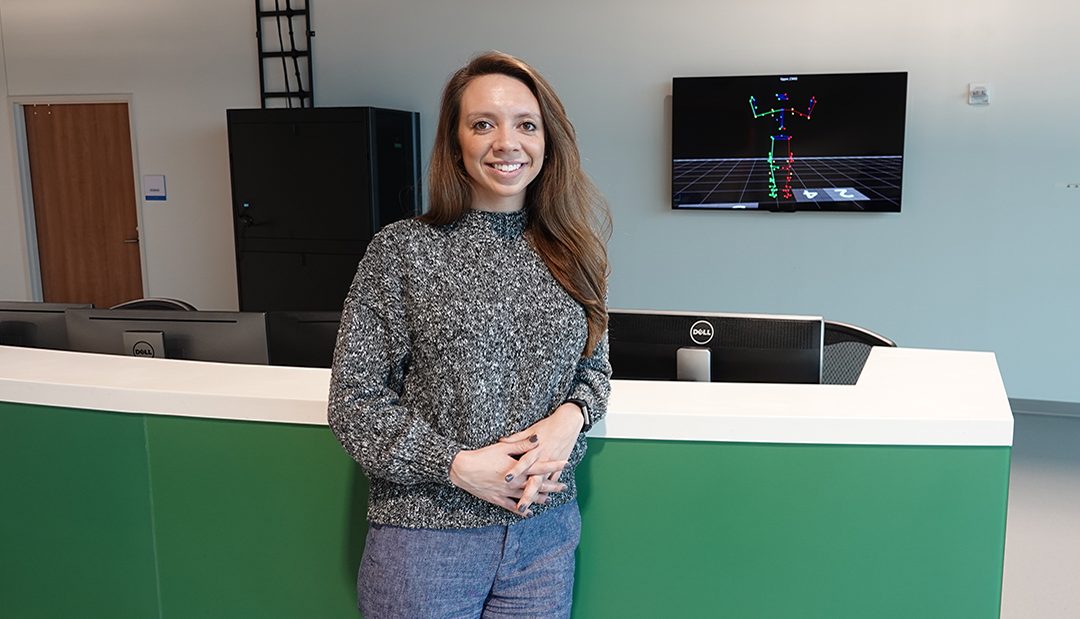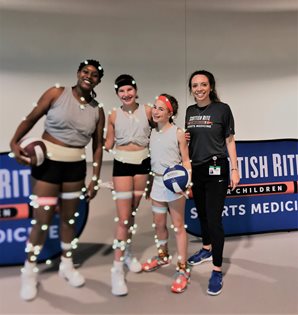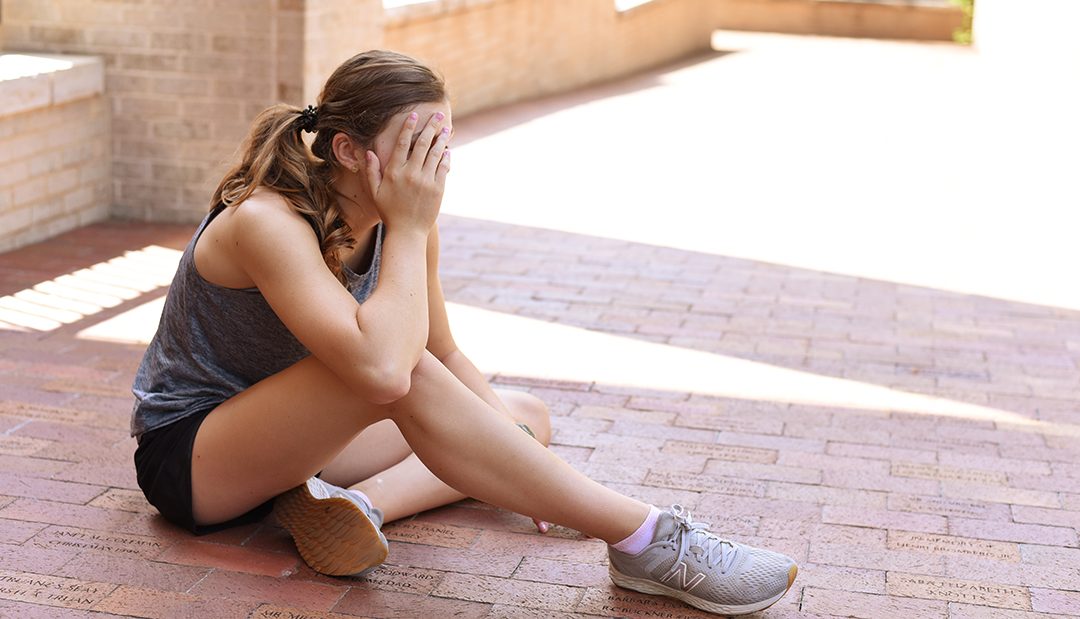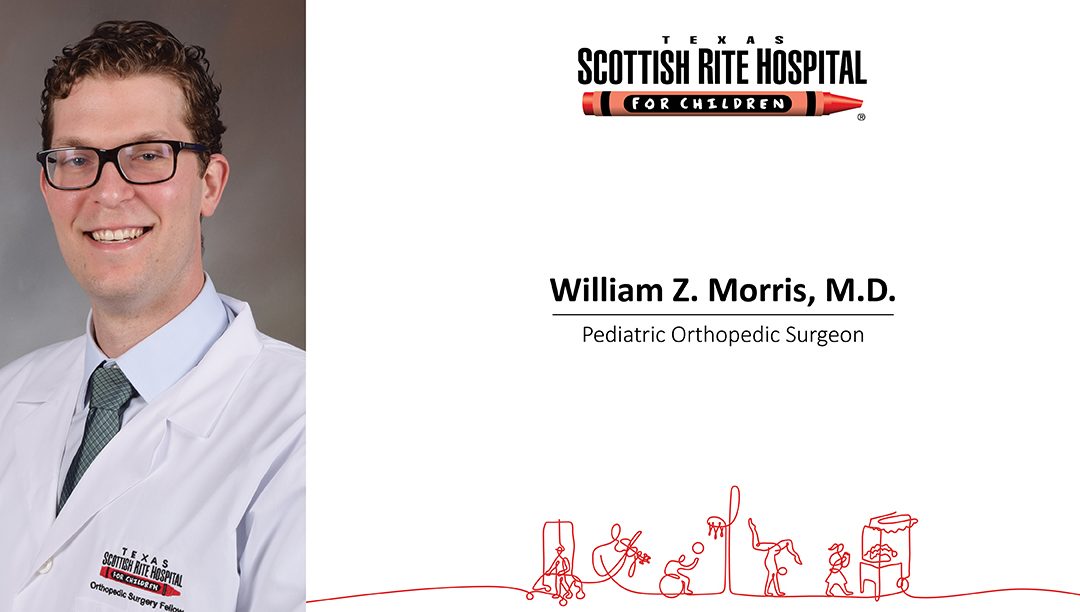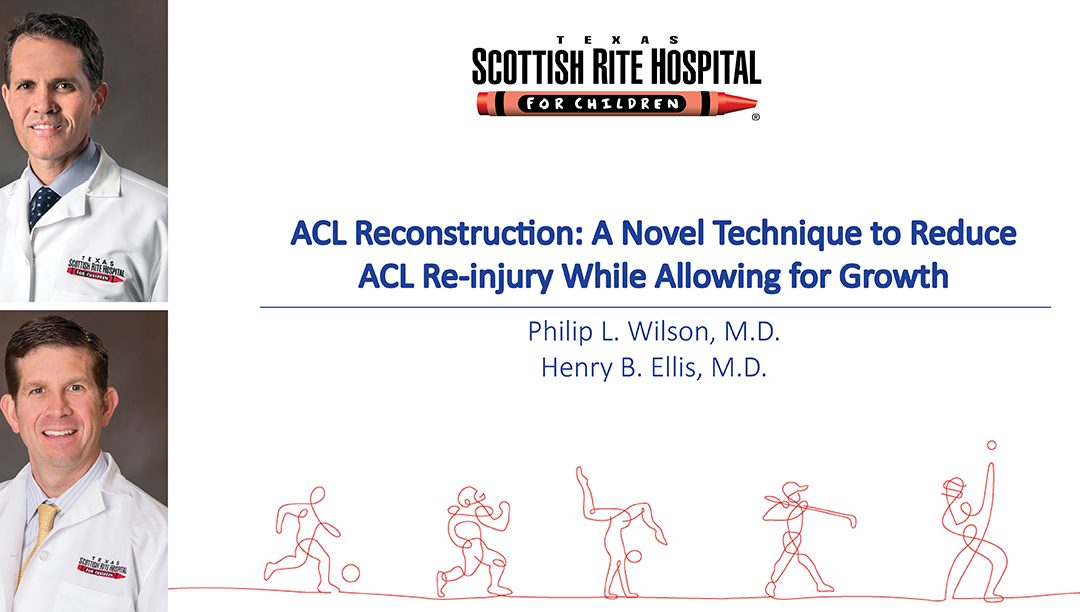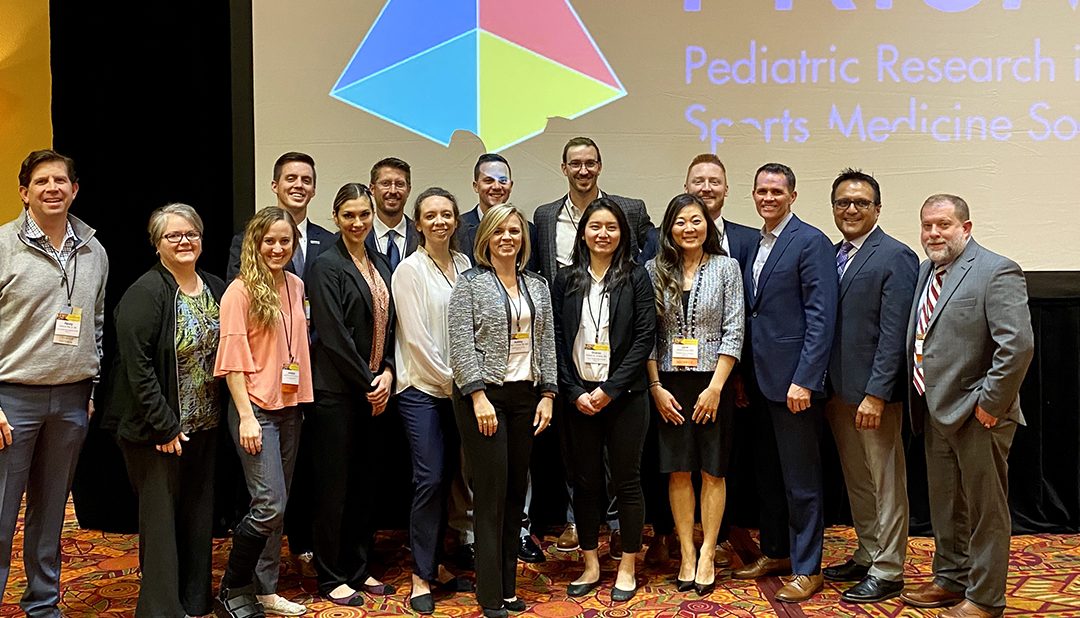
Sports Medicine Team Makes an Impact at Annual Meeting
Last week, staff from our sports medicine team were in Glendale, AZ for the 7th annual Pediatric Research in Sports Medicine Society (PRiSM) meeting. PRiSM is a unique group of multidisciplinary medical professionals who are devoted to advancing the care for young athletes. The three-day collaborative conference is designed to cultivate relationships among the members and feature advancements in numerous areas of pediatric sports medicine.
With more than ten staff members in attendance, including advanced practice providers, orthopedic surgeons, physicians, physical therapists, biomechanists and research coordinators, Scottish Rite for Children was well-represented throughout the meeting. Selected to present various research projects and serve as moderators, staff had the opportunity to showcase their work and engage in meaningful discussions with other experts in the field. A few of the topics presented included:
- Young Athletes and Soccer Safety: What You Need To Know – What are the trends in soccer injuries in a large population of children and teens?
- The Growing Athlete’s Hip – How we use research to improve our understanding of how athletes cope with conditions like femoroacetabular impingement.
- Individualized Care for ACL injuries – What we found in our patients when we looked at their sport to learn more about the differences of injury and recovery among adolescents with ACL injuries.
Assistant Chief of Staff Philip L. Wilson, M.D., is proud of the team’s involvement. “We have a strong showing at PRiSM each year,” says Wilson. “However, this year, we were represented in almost every session by staff from different departments, which shows our dedication to excellence in every aspect of care for young athletes. PRiSM gives us a great platform to share our knowledge while also giving staff the opportunity to learn from other specialists.”
The team contributed to more than half of the multicenter interest groups who work throughout the year but come together during the annual meeting to brainstorm and discuss the latest findings and progress of projects.
- Our movement science lab team has made profound progress in establishing protocols to document baseline measurements to aide in projects of interest to the injury prevention group.
- Sports medicine physician Jane S. Chung, M.D., is a member of the female athlete interest group and the sport specialization group who are both employing surveys to address specific questions.
- Pediatric orthopedic surgeon Henry B. Ellis, M.D., is the steering committee chair of SCORE – Sports Cohort Outcomes Registry. This effort has already shown very high potential to have major implications in the safety and quality of arthroscopic procedures in youth across the country.
- Shane M. Miller, M.D., sports medicine physician and concussion expert, is actively involved in a new concussion project that will expand our current understanding and efforts by teaming up with six other pediatric sports medicine programs.
Learn more about the Center for Excellence in Sports Medicine.


